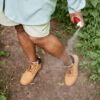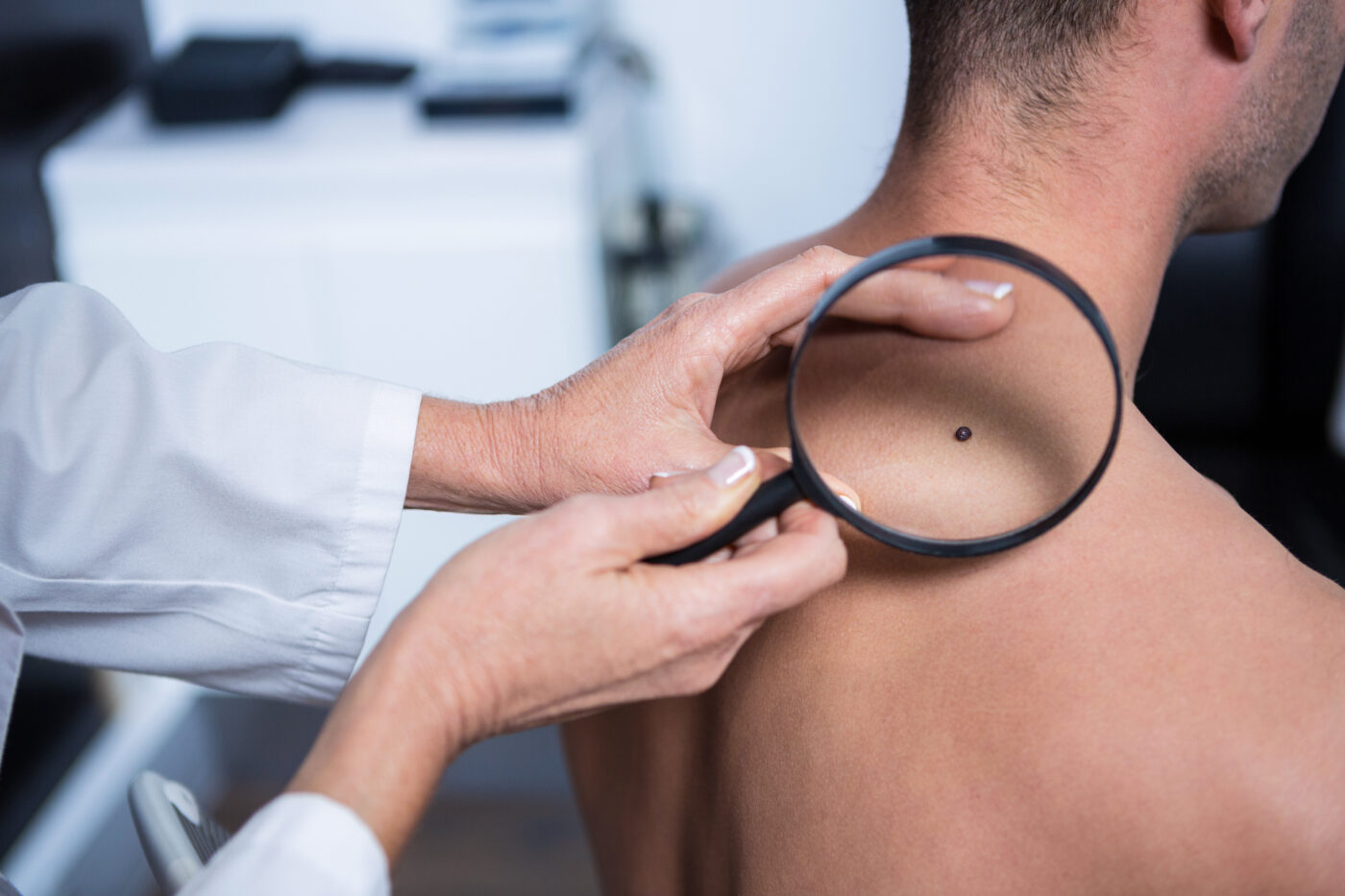With the arrival of warmer months, nature awakens, and with it the danger that lurks in the grass, forests and parks - ticks. These tiny parasites can be carriers of various diseases, including Lyme disease and tick-borne meningoencephalitis, which can seriously endanger health. But there is no reason to panic; with the right measures, we can effectively protect ourselves and safely remove them. In this article, with the help of experts, we will explain to you how to identify dangerous ticks, how to protect yourself from them and how to remove a tick.
Benches are assembled part of our natural environment, but that doesn't mean we have to let them endanger our health. With caution, proper protection and correct removal of ticks, we can enjoy nature without fear of their bites. Let's remember that the best defense is always good prevention and awareness of these small but important parasites. Be safe in nature and ensure that your trips are safe and enjoyable, without the unpleasant consequences of an encounter with ticks.
How to identify dangerous ticks
Ticks are small arthropods that often wait for their host in tall grass or on leaves. Most often, we meet two types - the forest bench and the plow bench. Ticks are noticeably larger and swollen after a blood meal, which makes them easier to identify. It is crucial that we pay attention while staying in nature and check regularly your body and clothes.

Protective measures against ticks
Preventive measures are key to protection against ticks, which carry various diseases. One of the most effective ways to prevent contact with these parasites is to wear appropriate protective clothing. It is recommended to wear clothes with long sleeves and long pants, which should preferably be light-colored, as it is easier to see ticks on them. In addition, it is important to use repellents. These should contain active ingredients that are proven to be effective against ticks. Apply repellents to exposed parts of the body and clothing, carefully following the instructions on the packaging. Avoiding areas known to be tick habitats, such as tall grass and undergrowth, is also recommended. Walking on well-trodden paths can significantly reduce the risk of a tick attaching to the skin.
Taking these measures will greatly reduce the chance of a tick biting you and help keep you safe while outdoors. Always be careful and pay attention to any ticks on your clothes after returning home and inspect them thoroughly.
Proper tick removal
If you spot a tick on your skin, it is vital to remove it as soon as possible.
- Use fine pointed tweezers: Hold the tick as close to the skin as possible.
- Pulling, not twisting: Gently pull the bench up with even pressure. Avoid squeezing the tick's body, as this can cause it to expel infected body fluids.
- Disinfect the bite site: After removing the tick, disinfect the bite site with alcohol or soap and water.
- Storing or disposing of the tick: You can store the tick in a sealed container if you want it to be checked for any diseases, or dispose of it safely.








